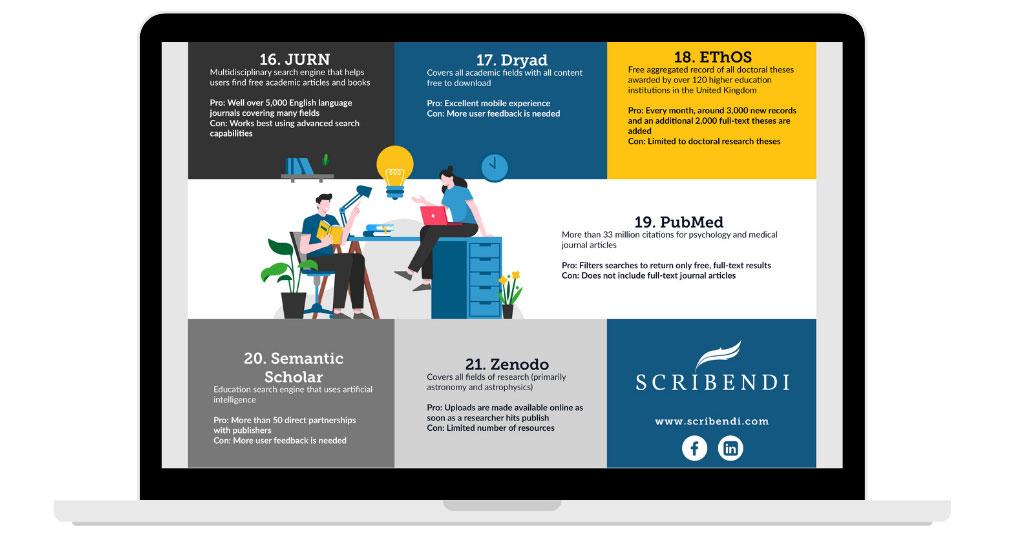Botswana’s Transformation: From HIV Crisis to a Model of Prevention and Care
Overcoming a National Health Emergency: Botswana’s Early HIV Challenge
At the turn of the millennium, Botswana confronted one of the most severe HIV epidemics globally, with infection rates soaring to nearly 25% among adults. This alarming prevalence threatened not only public health but also the nation’s very survival, earning it dire warnings about potential demographic collapse. However, through decisive leadership and strategic alliances with global health organizations, Botswana rapidly shifted from crisis management to pioneering effective interventions. Central to this shift was an aggressive expansion of antiretroviral therapy (ART) access alongside comprehensive testing initiatives and targeted prevention efforts focused on mothers and infants.
- Universal ART Provision: Guaranteeing free and prompt treatment for all individuals diagnosed with HIV.
- Elimination of Mother-to-Child Transmission (EMTCT): Rigorous screening protocols paired with consistent treatment during pregnancy.
- Community Mobilization: Engaging grassroots networks to combat stigma and encourage widespread testing.
- Advanced Monitoring Systems: Employing digital tools for real-time data collection to refine program effectiveness.
| Year | New Pediatric HIV Cases | ART Coverage (%) | Mother-to-Child Transmission Rate (%) |
|---|---|---|---|
| 2000 | 15,000 | 5% | 35% td>> |
| Year | Mother-to-Child Transmission Rate (%) | ART Coverage Among Pregnant Women (%) th > tr > | |
|---|---|---|---|
| 2010 25%58% | |||
| 2015 12%86% | |||
| 2023 ~ ≤ 2%98 % ttdd > |
Sustaining Momentum Globally – Lessons from Botswana’s Model for Ending AIDS as a Public Health Threat by 2030
A critical takeaway from Botswana’s experience is that expanding equitable healthcare coverage remains essential worldwide if we are serious about ending AIDS by the next decade. Integrating prevention strategies into community-based frameworks ensures higher participation rates while addressing barriers such as stigma or economic hardship strengthens long-term adherence.
Harnessing emerging technologies like telehealth consultations or SMS appointment reminders can bridge gaps especially prevalent among marginalized populations or those living far from clinics.
Moreover, flexible funding streams encouraging innovation will empower governments alongside international agencies working collaboratively toward shared goals.
Below is an outline summarizing actionable recommendations inspired by Botswana’s approach which other nations can adapt according to their contexts:
| Recommendation Area th > | Strategic Action & nbsp & nbsp & nbsp & nbsp & nbsp & nbsp& nb sp& nb sp& nb sp& nb sp         | Anticipated Outcome(s) th > | |
|---|---|---|---|
| Cultivating Community Involvement b>&nb sp;< br/>Train local healthcare providers along with peer mentors who understand cultural nuances.&nb sp;< br/>Encourage ownership over health decisions at grassroots level.&nb sp;< br/> b>&n bsp; | Easier identification through increased voluntary testing,&n bsp;< br/>Improved medication compliance,&n bsp;< br/>Reduced stigma around diagnosis.&n bsp;&n bsp; | A rise in early detection rates leading ultimately towards lower transmission figures across demographics.&n bsp;& nsp; | |
| Merging Services b>& nsp;< br/>Integrate antenatal care seamlessly into existing ART programs ensuring holistic patient management. | Simplified patient journeys resulting fewer missed appointments,& nsp;< br/>Better coordination between departments improving overall quality assurance. | Dramatic reduction particularly regarding pediatric infections due improved continuity throughout pregnancy/breastfeeding phases.
| D igital Innovations b>& nsp;< br/>Deploy SMS alerts reminding patients about medication schedules plus virtual consultations when travel isn’t feasible.
Enhanced follow-up mechanisms minimizing loss-to-care cases especially important during pandemics/restrictions.
| i>I mproved retention boosting viral suppression rates contributing significantly towards epidemic control.
A Final Reflection on Botswana’s Impactful Fight Against HIV/AIDSBotswana exemplifies how unwavering political will combined with strategic investments can reverse even seemingly insurmountable epidemics. Once facing catastrophic projections due to rampant adult infections threatening generational continuity, today it stands as an inspiring beacon demonstrating near-elimination levels-particularly preventing new pediatric cases through mother-focused interventions. As global stakeholders intensify efforts toward ending AIDS as a public threat by mid-century aligned with UNAIDS targets updated recently (2024), lessons drawn from this southern African nation underscore that sustained commitment coupled with adaptive innovations remain indispensable pillars for success worldwide. Botswana’s journey offers hope – proving that no matter how daunting the challenge appears initially – coordinated action rooted in science, compassion, technology integration,and community empowerment paves pathways toward healthier futures everywhere. |

